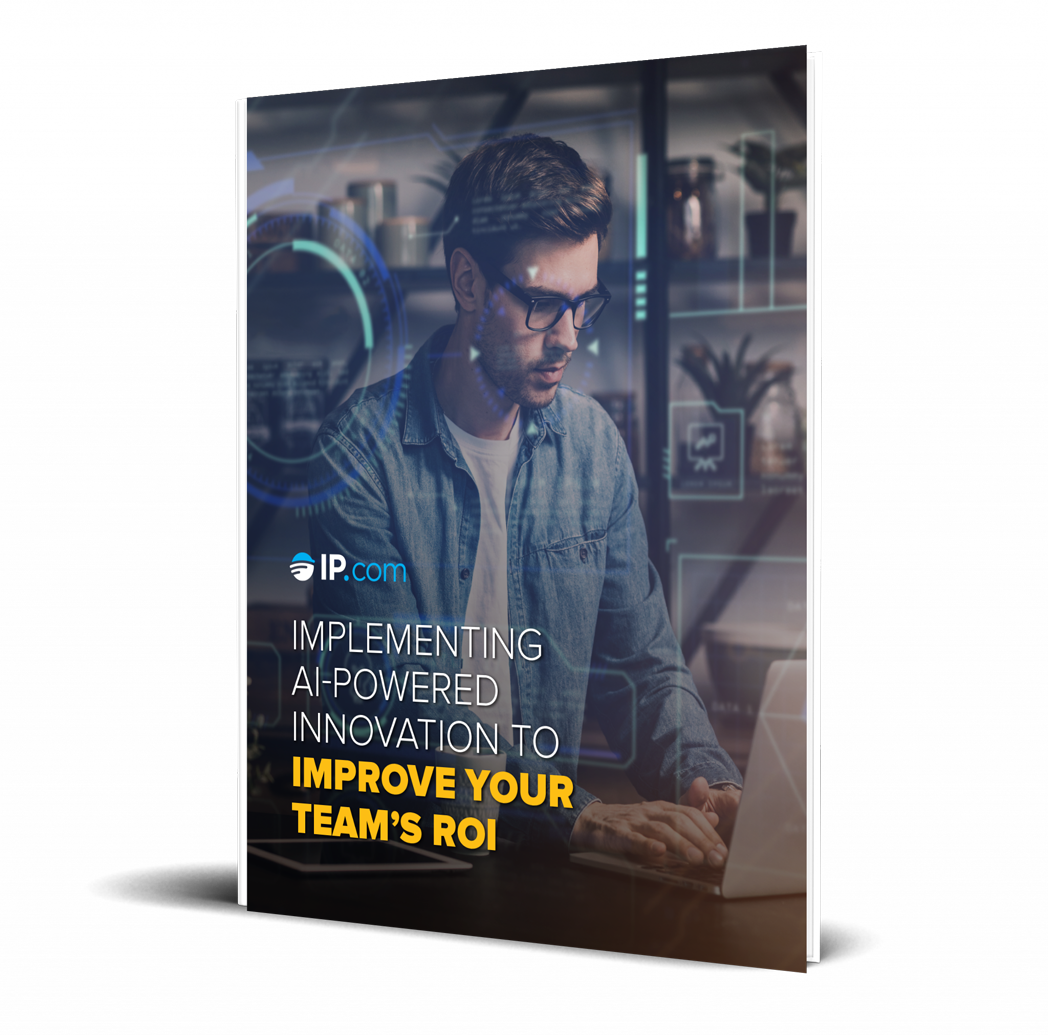
As tech companies have invested vast amounts of money into acquiring computational resources and datasets, and hiring skilled personnel with the goal of AI development, training, and computational research, researchers in academia and the public sector have been left behind. The majority of AI development, training, and research has been implemented by private industries. AI systems have three inputs—computational power, data, and algorithms. Private industries’ increasingly privileged access to all three AI inputs has resulted in a widening gap between AI systems built by businesses, compared with those built by researchers in academia. Now enters the NAIRR, aiming to provide expensive computational horsepower, datasets, AI models, and other tools to government, public, and academic AI researchers who otherwise often struggle to access the resources they increasingly need.
A couple of decades ago,the majority of exciting breakthroughs were made by researchers in academia, says Nur Ahmed, a researcher at the MIT Sloan School of Management. “Now, academics are doing more follow-up or follow-on research instead of trying to push the boundaries.”
The Power of Responsible AI in Research
The fact remains that academia, public sectors, non-profit organizations, and government agencies are an integral part of the research sectors, but without the capital, personnel, and computational resources needed to capitalize on the research efficiency and creative computational power of responsible AI, these agencies will be left behind in the tech world of today especially given the speed at which AI as a tool can aide research.
For example, AI is being used to more efficiently evaluate signs of life on Mars and other planets.AI can differentiate biotic from abiotic samples by detecting subtle differences within a sample’s molecular patterns as revealed by pyrolysis gas chromatography analysis (which separates and identifies a sample’s component parts), followed by mass spectrometry (which determines the molecular weights of those components). Vast multidimensional data from the molecular analyses of 134 known abiotic or biotic carbon-rich samples were used to train AI to predict a new sample’s origin. With approximately 90% accuracy, AI successfully identified samples that had originated from:
- Living things, such as modern shells, teeth, bones, insects, leaves, rice, human hair, and cells preserved in fine-grained rock
- Remnants of ancient life altered by geological processing (e.g. coal, oil, amber, and carbon-rich fossils) or
- Samples with abiotic origins, such as pure laboratory chemicals (e.g., amino acids) and carbon-rich meteorites.
Claims of A.I Generation During Development
The collaborative nature of the NIARR pilot, bringing together academia, industry, nonprofit and government sectors, is intended to promote cross-sector partnerships. Industry collaboration can lead to the development of commercially viable AI applications and solutions, fostering economic growth by creating new markets and revenue streams.
According to the press release, the pilot’s operations will be organized into four focus areas:
- NAIRR Open will enable open AI research through access to diverse AI resources via the NAIRR Pilot Portal and coordinated allocations.
- NAIRR Secure, co-led by the National Institute of Health and the Department of Energy, will enable AI research requiring privacy and security-preserving resources and will assemble exemplar privacy preserving resources.
- NAIRR Software will facilitate and investigate interoperable use of AI software, platforms, tools and services for NAIRR pilot resources.
- NAIRR Classroom will reach new communities through education, training, user support and outreach.
Partners and Company Collaborators in the Program
ChipmakerNvidia, one of the companies involved in the program, said that it would contribute $30 million worth of cloud computing resources and software to the pilot over two years, while Microsoft announced it would contribute $20 million of cloud computing credits in addition to other resources. OpenAI, Anthropic, and Meta, which are among the leading companies in the sector, are reportedly providing access to their AI models.
Current government partners include:
- U.S. National Science Foundation (NSF)
- Defense Advanced Research Projects Agency (DARPA)
- National Aeronautics and Space Administration (NASA)
- National Institutes of Health (NIH)
- National Institute of Standards and Technology (NIST)
- National Oceanic and Atmospheric Administration (NOAA)
- U.S. Department of Agriculture (USDA)
- U.S. Department of Defense (DOD)
- U.S. Department of Energy (DOE)
- U.S. Department of Veterans Affairs (VA)
- U.S. Patent and Trademark Office (USPTO)
Current private sector, non-profit & philanthropy partners include:
- AI2: Allen Institute for Artificial Intelligence
- Amazon Web Services (AWS)
- Anthropic
- AMD
- Cerebras
- Databricks
- Datavant
- EleutherAI
- Hewlett Packard Enterprise (HPE)
- Hugging Face
- IBM
- Intel
- Meta
- Microsoft
- MLCommons
- NVIDIA
- Omidyar Network
- OpenAI
- OpenMined
- Palantir
- Regenstrief Institute
- SambaNova Systems
- Vocareum
- Weights & Biases
The Future of Responsible AI
During an embargoed online briefing with reporters, Sethuraman Panchanathan, NSF director, said that artificial intelligence will make possible four other AIs: advancing ideas, activating innovation, accessibility and inspiration, and accessible infrastructure. “With NAIRR, we will move fast and build things,” he said.
“A National AI Research Resource, simply put, has the potential to change the trajectory of our country’s approach to AI,” Panchanathan told journalists. “It will lead the way for a healthy, trustworthy, U.S. AI ecosystem.”

AI is a Critical Competitive Advantage Incorporated into the IP Suite.
To address this global need across the innovation and IP industry, IP.com developed the Innovation Power (IP) Suite – a collection of AI-powered solutions, analytics, and services designed to make the process of ideation, innovation, IP research and analytics accessible to everyone – not just experts.
The backbone and common DNA across the IP Suite is a unique and powerful AI engine – Semantic Gist. It has been powering enterprises, large and small, for over two decades, using natural language processing to provide seamless access to insights across billions of data points that are always growing, and always evolving. The IP Suite’s focus is on providing a simple, secure, and scalable platform using class-leading AI.


